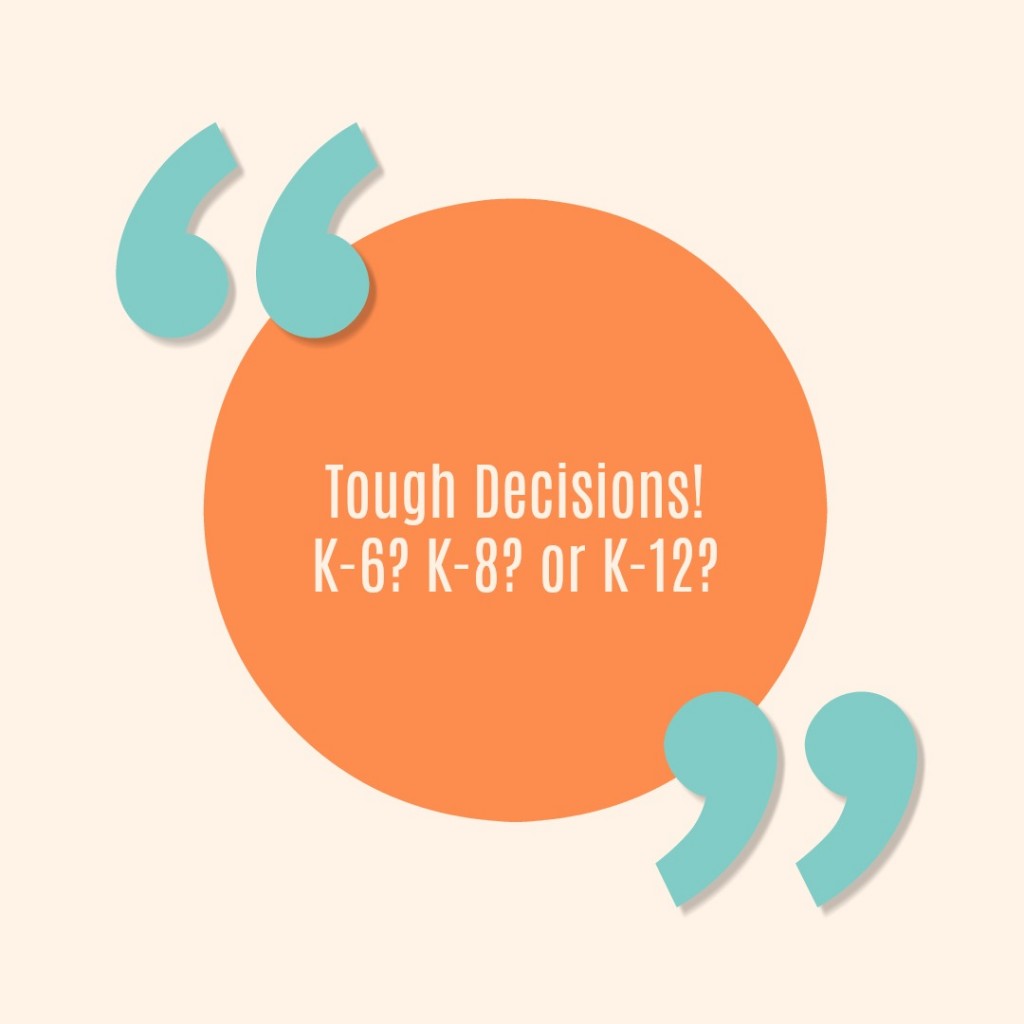Tips on how to adjust to a unique & unprecedented admissions season

The pandemic has affected just about every facet of life. This we already know. And for people applying to K-12 private schools, the constraints of COVID-19 are presenting new and never-before-seen challenges.
In the good old days, you went to a school’s open house event, a coffee with the Head of School at a current parent’s home, or maybe even to a football or volleyball game to check out the school community and culture. This is how you learned about the school, its nuances, and whether it was a fit for your child and family. Not so much during the pandemic. We can no longer visit a campus and get a visceral sense of the school. We can’t talk to parents, alumni, and faculty during events. We don’t have access to a lot of things that we’d have during normal times.
So how can we manage? Here are a few tips:
Still sign up for virtual open houses, coffees, etc.
It’s not being on campus, but it’s the best we can do for now. An open house or virtual coffee over Zoom still gives you a sense about the school and its community. Plus, these virtual events have some advantages. For example, if the open house or coffee has a chat room, use it to ask relevant questions that you might not have asked at a bigger in-person event.
Dive deep into the school’s website.
Scour the school’s website. Check out as many photos, watch as many videos, and read as much as you can. Explore the academic offerings, athletic teams, service/volunteering opportunities (for both students and parents), and extracurricular options. Examine the pedagogy (e.g., traditional vs. progressive) and K-12, K-8 and K-6 options and the campus facilities.
In this year of making the best out of a challenging situation, the school website is a proxy for an on-campus tour. Additionally, keep in mind that this is marketing – the school obviously is only going to display the best and most compelling photos and narratives. Nonetheless, you’ll get to “see” what the educational setting is like.
Prepare for the Zoom (or video) interview.
This might be the biggest change for the admissions process. The context to make an impression and connect during an interview is vastly different over Zoom than in-person. To help you prepare and make the most of these circumstances, here are several helpful pointers.
- Keep the background simple and not too distracting. Choose a plain wall over that multicolor floral print wallpaper.
- Sit in a stationary chair (not a swivel chair). It’s too tempting for kids to move around, especially when nervous.
- Make sure you are centered in the middle of the screen.
- Look at the screen and occasionally at the camera. No need to stare into the camera (that can be creepy), but looking off to the side or not at the interviewer creates a disconnected energy.
- Keep only a couple of inches between the top of the screen and the top of your head. Your head should not be too low on the screen, nor should it be cut off at the top of the screen.
A respite from the ISEE/SSAT.
Most schools are making these standardized exams either optional or not admissible this year. That’s great – it results in less pressure on young students, a more level playing field, and saved financial resources for parents (all those tutoring bills!). If you are coming from an independent school, they may look at your child’s past ERB scores. If you are coming from a public school, previous standardized tests are part of the record that will be sent to schools.
Stay Calm & Focused
This year’s process is hard for everyone, including admissions officers. It’s stressful, clunky, and exhausting. There will be technical glitches along the way. Be as calm as possible. Be flexible.
Yet . . . don’t lose sight of want you want. You don’t need to make concessions just because of COVID. If you want a progressive school with an urban campus, stay focused on those choices. If you want something more traditional with a sprawling suburban feel, don’t get distracted or forced into looking at options that are not your ideal. Also, this is not the time to apply to a school just because they’re not accepting the ISEE; target schools because of how they match your goals, and not because of this year’s unusual circumstances. Essentially, don’t let the online process distract you from what will be the best for your child and family.
Lastly, try to keep an upbeat attitude during virtual open houses and Zoom interviews. The admissions offices are doing the best they can, and they greatly appreciate parents and applicants who can laugh about the pandemic challenges and who have compassion and understanding for this crazy time. We’re all in this together.
Priya and Sanjay Nambiar run Nambiar Advising, a consulting practice that shepherds families through the private school admissions process, from helping clients find the best-fit schools for children to application support, essay editing, interview preparation, and more. Priya has spent more than 20 years in education and was the Associate Director of Admissions at the Brentwood School in Los Angeles. She earned a B.A. in Education from Brown University and an M.Ed. from Harvard University. Sanjay is an entrepreneur and professional writer who has written several award-winning children’s books. He earned a B.A. in Economics and Neurobiology from U.C. Berkeley and an M.B.A. from UCLA. To learn more, please visit www.nambiaradvising.com
Stay up to date on the latest L.A. private schools news and events! Follow Beyond The Brochure on Facebook. Buy the book on Amazon.



